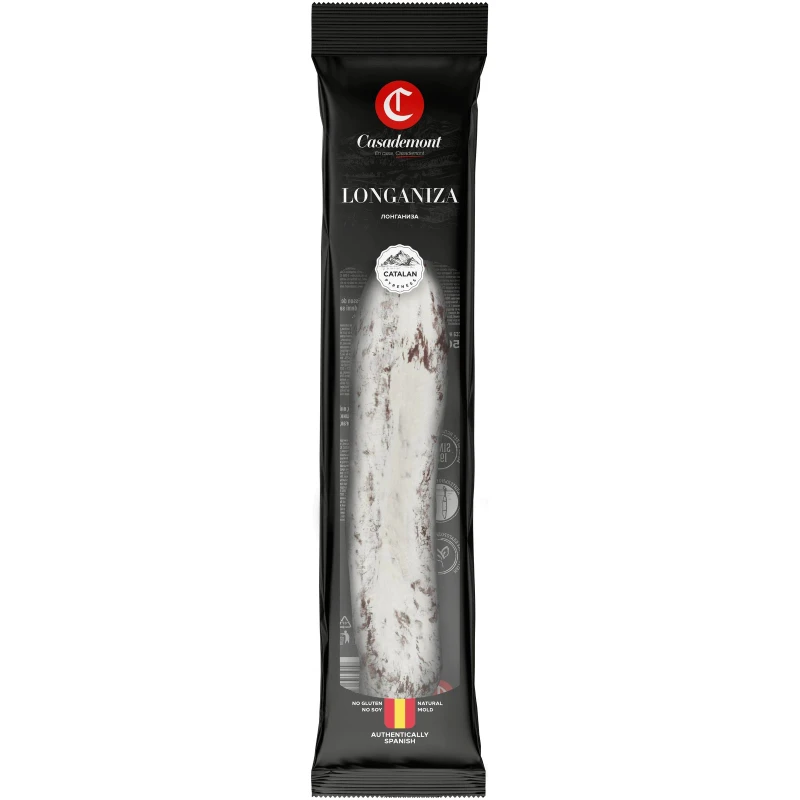Introduction
Have you ever heard of Longaniza? If not, you’re in for a treat! Often overshadowed by its cousin, chorizo, longaniza is a versatile sausage that has captured the hearts (and stomachs) of food lovers around the globe. Whether you’re looking to spice up your breakfast or add flavor to your dinner, longaniza might just become your new go-to ingredient.
But what exactly is longaniza? Let’s dive into its origins, variations, and how to enjoy this delicious sausage.
What Is Longaniza?
Longaniza is a type of sausage that originated in Spain and has since spread across Latin America, the Philippines, and other regions. It’s often compared to chorizo, but distinct differences make longaniza a unique culinary delight.
While chorizo is usually cured and sliced, longaniza is typically fresh and sold in long, thin links. Thanks to the spices and ingredients used in the recipe, its flavor varies depending on where it’s made.
A Global Taste: Longaniza Variations
Longaniza is like a culinary passport, taking on new characteristics in every country it touches. Here’s how it differs around the world:
1. Spanish Longaniza
- Traditionally seasoned with paprika, garlic, and other spices.
- It is often cured and has a smoky flavor.
2. Mexican Longaniza
- It is spicier than its Spanish counterpart, thanks to the use of chili peppers.
- Usually sold fresh and cooked in dishes like tacos or quesadillas.
3. Filipino Longganisa
- Sweet, garlicky, and sometimes tangy.
- Comes in two types: hamonado (sweet) and de recado (savory).
- Often enjoyed for breakfast with rice and fried eggs (known as longsilog).
4. Argentinian Longaniza
- It is dry-cured and has a flavor profile similar to salami.
- Perfect for charcuterie boards or as a snack.
5. Dominican Longaniza
- Made with pork and a mix of oregano, vinegar, and other spices.
- Deep-fried and served as street food or with tostones (fried plantains).
Key Ingredients in Longaniza
While the ingredients vary by region, here are the core components you’ll often find in longaniza:
- Ground pork (sometimes chicken or beef)
- Garlic
- Paprika or annatto seeds (for color and flavor)
- Vinegar or citrus juice
- Chili peppers (for heat)
- Spices like oregano, black pepper, and cinnamon (depending on the region)
How to Cook Longaniza
Cooking longaniza is super easy, and the methods vary depending on your type. Here are some popular ways to prepare it:
1. Grilling
- Ideal for fresh longaniza.
- Serve with bread, grilled vegetables, or rice.
2. Pan-Frying
- Perfect for breakfast dishes like longsilog or alongside scrambled eggs.
3. Stewing
- Add fresh longaniza to stews or soups for an extra layer of flavor.
4. Deep-Frying
- It is especially popular in the Dominican Republic.
- Pair with fried plantains or dip in your favorite sauce.
Longaniza vs. Chorizo: What’s the Difference?
If you’re wondering how longaniza compares to chorizo, here are the main differences:
| Aspect | Longaniza | Chorizo |
|---|---|---|
| Texture | Fresh, uncured, or lightly cured | Cured and firm |
| Flavor | Varies by region | Smoky and spicy (paprika) |
| Cooking Use | Sautéed, grilled, or fried | Eaten sliced or cooked |
Where to Buy Longaniza
Longaniza can be found at:
- Local Latin or Asian markets: Fresh or frozen varieties are common.
- Online stores: Many specialty websites ship regional longaniza varieties.
- Grocery stores: Look in the international or sausage section.
Longaniza in Popular Dishes
If you’re wondering how to use longaniza in your cooking, here are some ideas:
1. Longsilog (Philippines)
- A breakfast classic featuring garlic rice, fried eggs, and sweet longganisa.
2. Tacos de Longaniza (Mexico)
- Stuff freshly cooked longaniza into tortillas with onions and cilantro.
3. Dominican Platter
- Pair fried longaniza with plantains, rice, and beans for a hearty meal.
4. Stews and Soups
- Add longaniza to enhance the flavor of lentil soups or bean stews.
5. Grilled Longaniza Sandwiches
- Load grilled longaniza into a bun with pickles, mustard, and lettuce.
Why Longaniza Is a Must-Try
Why is Longaniza gaining popularity worldwide? It’s all about versatility! Whether you prefer spicy, sweet, or savory flavors, there’s a version of longaniza for everyone. Its unique blend of spices and ingredients ensures that every bite is flavorful.
Conclusion
Longaniza is more than just a sausage – a journey through flavors and cultures. Whether you’re exploring its Filipino sweetness, Mexican heat, or Spanish smokiness, longaniza promises a mouthwatering experience every time. So why not give it a try? Fire up the grill, heat the pan, or add it to your favorite dish – your taste buds will thank you!
FAQs About Longaniza
1. Is longaniza the same as chorizo?
Not exactly! While both are sausages, longaniza is usually fresh, while chorizo is cured.
2. How should I store longaniza?
Keep fresh longaniza in the fridge for up to 3 days or freeze it for longer storage.
3. Can I make longaniza at home?
Yes! You’ll need ground meat, garlic, vinegar, and spices. Mix, stuff into casings, and cook.
4. Is longaniza spicy?
It depends on the region. Mexican longaniza tends to be spicier, while Filipino versions are often sweet.
5. What’s the best way to cook longaniza?
Grilling, frying, or stewing are all popular methods depending on the type of longaniza.

